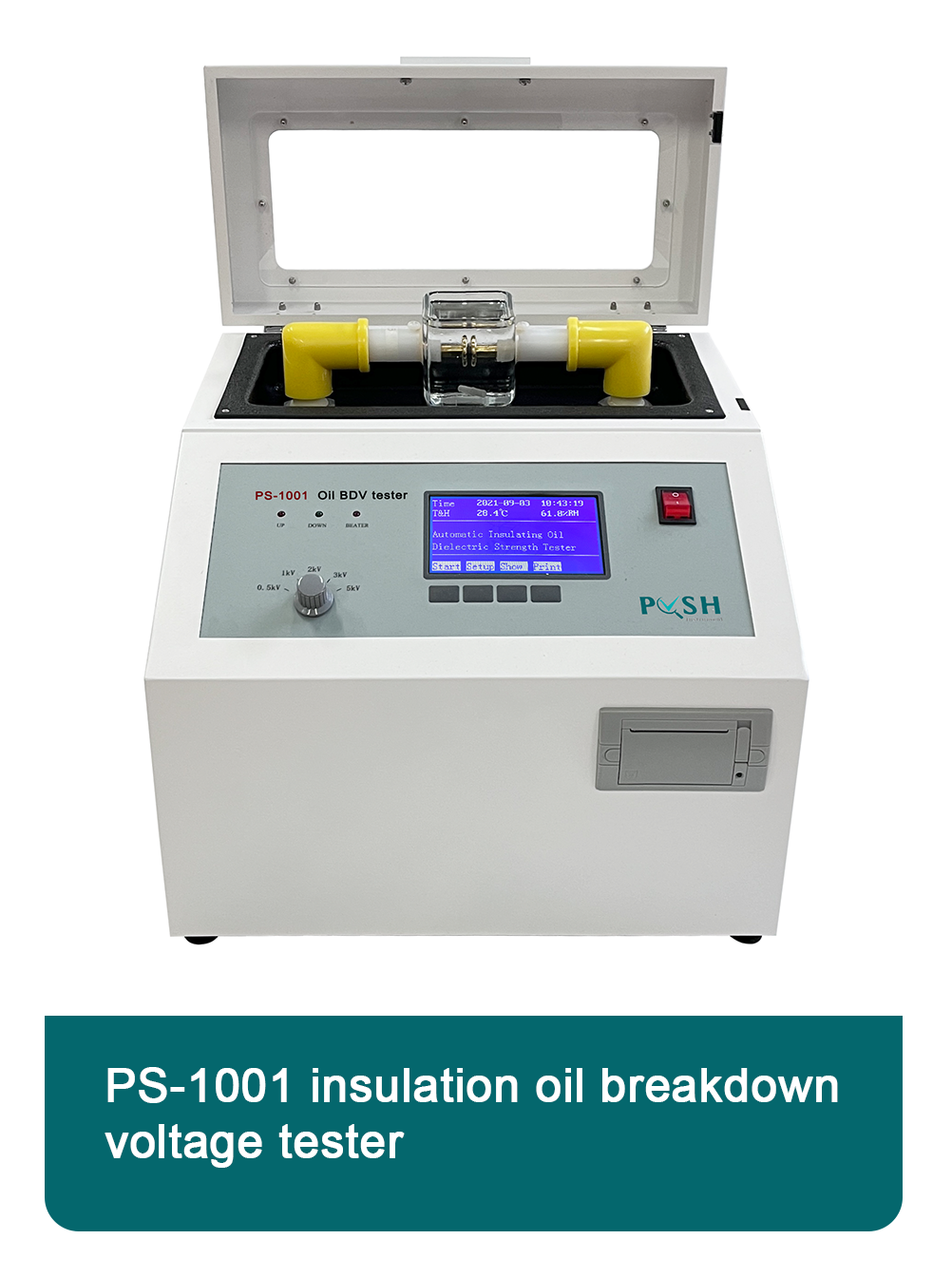 English
English



-
 Afrikaans
Afrikaans -
 Albanian
Albanian -
 Amharic
Amharic -
 Arabic
Arabic -
 Armenian
Armenian -
 Azerbaijani
Azerbaijani -
 Basque
Basque -
 Belarusian
Belarusian -
 Bengali
Bengali -
 Bosnian
Bosnian -
 Bulgarian
Bulgarian -
 Catalan
Catalan -
 Cebuano
Cebuano -
 China
China -
 China (Taiwan)
China (Taiwan) -
 Corsican
Corsican -
 Croatian
Croatian -
 Czech
Czech -
 Danish
Danish -
 Dutch
Dutch -
 English
English -
 Esperanto
Esperanto -
 Estonian
Estonian -
 Finnish
Finnish -
 French
French -
 Frisian
Frisian -
 Galician
Galician -
 Georgian
Georgian -
 German
German -
 Greek
Greek -
 Gujarati
Gujarati -
 Haitian Creole
Haitian Creole -
 hausa
hausa -
 hawaiian
hawaiian -
 Hebrew
Hebrew -
 Hindi
Hindi -
 Miao
Miao -
 Hungarian
Hungarian -
 Icelandic
Icelandic -
 igbo
igbo -
 Indonesian
Indonesian -
 irish
irish -
 Italian
Italian -
 Japanese
Japanese -
 Javanese
Javanese -
 Kannada
Kannada -
 kazakh
kazakh -
 Khmer
Khmer -
 Rwandese
Rwandese -
 Korean
Korean -
 Kurdish
Kurdish -
 Kyrgyz
Kyrgyz -
 Lao
Lao -
 Latin
Latin -
 Latvian
Latvian -
 Lithuanian
Lithuanian -
 Luxembourgish
Luxembourgish -
 Macedonian
Macedonian -
 Malgashi
Malgashi -
 Malay
Malay -
 Malayalam
Malayalam -
 Maltese
Maltese -
 Maori
Maori -
 Marathi
Marathi -
 Mongolian
Mongolian -
 Myanmar
Myanmar -
 Nepali
Nepali -
 Norwegian
Norwegian -
 Norwegian
Norwegian -
 Occitan
Occitan -
 Pashto
Pashto -
 Persian
Persian -
 Polish
Polish -
 Portuguese
Portuguese -
 Punjabi
Punjabi -
 Romanian
Romanian -
 Russian
Russian -
 Samoan
Samoan -
 Scottish Gaelic
Scottish Gaelic -
 Serbian
Serbian -
 Sesotho
Sesotho -
 Shona
Shona -
 Sindhi
Sindhi -
 Sinhala
Sinhala -
 Slovak
Slovak -
 Slovenian
Slovenian -
 Somali
Somali -
 Spanish
Spanish -
 Sundanese
Sundanese -
 Swahili
Swahili -
 Swedish
Swedish -
 Tagalog
Tagalog -
 Tajik
Tajik -
 Tamil
Tamil -
 Tatar
Tatar -
 Telugu
Telugu -
 Thai
Thai -
 Turkish
Turkish -
 Turkmen
Turkmen -
 Ukrainian
Ukrainian -
 Urdu
Urdu -
 Uighur
Uighur -
 Uzbek
Uzbek -
 Vietnamese
Vietnamese -
 Welsh
Welsh -
 Bantu
Bantu -
 Yiddish
Yiddish -
 Yoruba
Yoruba -
 Zulu
Zulu
gas chromatography procedure
Understanding Gas Chromatography A Detailed Procedure
Gas chromatography (GC) is a pivotal analytical technique widely used in chemistry for separating volatile compounds within a mixture. The method offers high sensitivity, resolution, and often, minimal sample preparation, making it ideal for a variety of applications including environmental monitoring, food testing, and pharmaceuticals. To effectively utilize GC, it is essential to comprehend the standard procedure that underpins this powerful analytical technique.
The gas chromatography procedure can be broadly divided into several crucial steps sample preparation, injection, separation, detection, and data analysis.
Understanding Gas Chromatography A Detailed Procedure
2. Injection Once the sample is prepared, it is injected into the gas chromatography system. The injection is typically performed using a micro-syringe through an injector port that is heated to vaporize the sample. There are various injection techniques, including split and splitless modes. In split mode, only a portion of the vaporized sample enters the chromatography column, while in splitless mode, the entire sample is introduced, suitable for trace analysis.
gas chromatography procedure

3. Separation Following injection, the vaporized sample is carried by an inert carrier gas (commonly helium or hydrogen) through the chromatography column, which is packed with a stationary phase. As the sample travels through the column, components of the mixture separate based on their interaction with the stationary phase and their volatility. More volatile compounds travel faster and elute first, while less volatile compounds take longer, resulting in a distinct separation of the mixture.
4. Detection After separation, the compounds exit the column and are detected by a detector, which converts the chemical signals into measurable values. Common detectors used in GC include Flame Ionization Detectors (FID), Thermal Conductivity Detectors (TCD), and Mass Spectrometry (MS), each with its own advantages depending on the desired sensitivity and identification capabilities.
5. Data Analysis The final step involves analyzing the data obtained from the detector. The output is typically a chromatogram— a graphical representation of the detector response as a function of time. Each peak on the chromatogram corresponds to a specific compound in the sample, and by comparing the retention times and peak areas with those of known standards, qualitative and quantitative analysis can be performed.
In summary, gas chromatography serves as an essential tool across various fields due to its efficiency in separating and analyzing mixtures. By meticulously following the outlined procedural steps—from sample preparation to data analysis—researchers and analysts can achieve reliable and reproducible results, making GC a fundamental technique in the realm of analytical chemistry. Whether analyzing pollutants in the environment or ensuring the quality of pharmaceuticals, the principles of gas chromatography remain integral to modern scientific research and quality control.
-
Ensuring SF₆ Gas Safety: Introducing PUSH’s Integrated SF₆ Analyzer for Dew Point, Purity, and Decomposition MonitoringNewsJul.10,2025
-
Exploring the Main Types of Industrial Endoscopes and Their Applications Across IndustriesNewsJul.04,2025
-
Testing Equipment Industry Sees Major Advancements in 2025: Smart & Precision Technologies Lead the WayNewsJun.06,2025
-
Applications of Direct Current Generators in Renewable Energy SystemsNewsJun.05,2025
-
Hipot Tester Calibration and Accuracy GuidelinesNewsJun.05,2025
-
Digital Circuit Breaker Analyzer Features and BenefitsNewsJun.05,2025



